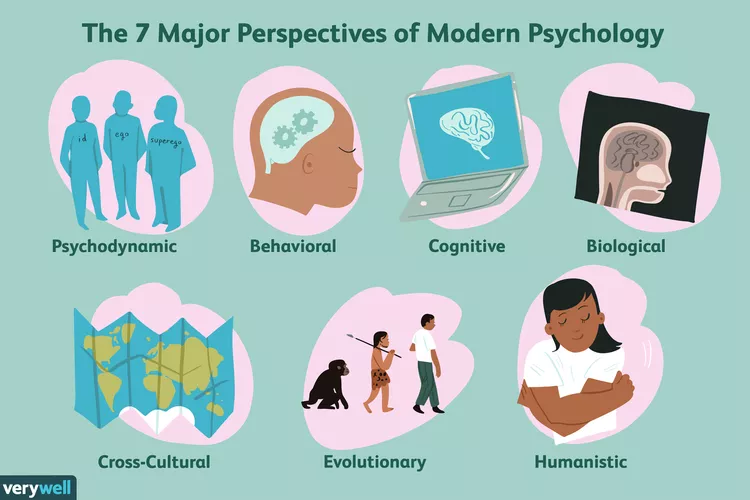Hannah Bond: The Untold Story Behind Her Life and Legacy

Hannah Bond, better known by her literary pseudonym Hannah Crafts, stands as one of the most remarkable yet often overlooked figures in American history. Her story embodies courage, resilience, and the relentless pursuit of freedom. In a time when enslaved individuals were stripped of their identities and denied education, Hannah Bond broke through the confines of bondage to leave behind one of the earliest known novels written by an African American woman — The Bondwoman’s Narrative.
Understanding Hannah Bond’s life provides valuable insight into the lived experiences of enslaved women in 19th-century America. Her story bridges the gap between historical reality and literary expression, merging the brutal truths of slavery with the transformative power of storytelling. The rediscovery of her manuscript decades later reignited interest in her identity and contributions to African American literature, offering a powerful reminder of the human will to create and be remembered.
Hannah Bond’s journey from bondage to authorship is not just a personal triumph but a significant chapter in the history of literature and the ongoing struggle for equality. Her life challenges us to rethink how stories of enslaved women are preserved, valued, and told.
Early Life and Background
Very little is known about Hannah Bond’s early life, but available records and literary analysis suggest she was born into slavery in North Carolina during the early 19th century. Her youth was spent under the harsh realities of enslavement, where education was forbidden, and literacy was seen as an act of rebellion. Despite these obstacles, Hannah Bond learned to read and write — an extraordinary accomplishment that later empowered her to share her story in her own words.
The social and political environment of the American South during her lifetime was marked by cruelty and suppression. Enslaved women like Hannah endured physical labor and emotional trauma while simultaneously navigating the complexities of gender and race. Yet, even amid such oppressive conditions, Bond’s intellect and determination set her apart.
It is believed that she worked in her master’s household, where she might have accessed books and developed her literary abilities. This exposure to literature likely influenced her later writing style, which skillfully combined classical themes with personal experience. Her story, though fragmented by history, speaks to the resilience of countless enslaved individuals who dreamed of freedom and dared to redefine their destinies.
The Journey to Freedom
Hannah Bond’s decision to escape slavery was both dangerous and life-changing. Accounts suggest she fled from a plantation in North Carolina during the mid-1800s, risking capture, punishment, and even death. For an enslaved woman, the journey to freedom was fraught with perils — treacherous landscapes, harsh weather, and the constant threat of slave catchers. Yet, Bond’s courage and intelligence guided her northward, likely through a network of safe routes similar to those used by the Underground Railroad.
After reaching freedom, Hannah Bond reinvented herself as Hannah Crafts, adopting a new name that symbolized her rebirth as a free woman and writer. This transformation was not merely a change of identity but a reclaiming of voice. In freedom, she began to craft her literary masterpiece, The Bondwoman’s Narrative, which captured both her lived experiences and the broader condition of African Americans seeking liberation.
Her escape symbolizes more than physical freedom — it represents intellectual and creative emancipation. Through her writing, Hannah Bond broke the silence imposed by enslavement, offering readers a rare glimpse into the inner life, thoughts, and emotional world of an enslaved woman. Her journey remains an enduring testament to human strength and the unyielding pursuit of dignity.
The Literary Legacy: The Bondwoman’s Narrative
The Bondwoman’s Narrative is widely regarded as the first known novel written by an African American woman. The manuscript, discovered in the 20th century by scholar Henry Louis Gates Jr., stunned historians and literary experts. After extensive authentication, it was confirmed to be a groundbreaking work that predated other well-known slave narratives.
The novel tells the story of a young enslaved woman’s struggle for freedom, mirroring many aspects of Hannah Bond’s own life. It weaves together elements of Gothic fiction, social commentary, and autobiographical truth. Through her writing, Bond reveals the complexities of identity, race, and power in antebellum America. Her style demonstrates a sophisticated understanding of literature, suggesting that she was well-read in English classics like Dickens and Brontë.
The discovery of The Bondwoman’s Narrative reshaped the landscape of African American literature. It challenged previous assumptions about when Black women began contributing to written culture and expanded the canon of early American fiction. More importantly, it gave a name — and a voice — to a woman who had been forgotten by history for over a century.
Historical and Modern Perspectives

Hannah Bond’s life and work have become central to conversations about authorship, identity, and freedom. Her story provides an important corrective to historical narratives that often overlooked the intellectual achievements of enslaved people, particularly women. Historians and literary scholars now recognize Bond as a pioneer whose courage helped shape future generations of African American writers.
In modern times, The Bondwoman’s Narrative has gained renewed academic attention. Universities include it in African American literature and women’s studies curricula, encouraging students to engage with its themes of autonomy, resistance, and identity. Bond’s story also resonates in contemporary discussions about race and representation, serving as a reminder that the roots of Black female authorship run deep.
Her rediscovery in the 21st century symbolizes a broader movement to uncover forgotten voices. In honoring Hannah Bond, we also acknowledge countless others whose stories remain untold — a crucial step toward understanding the full tapestry of American history.
Legacy and Influence in Contemporary Culture
Today, Hannah Bond’s influence extends far beyond the pages of her manuscript. Her life has inspired documentaries, scholarly research, and creative reinterpretations across media. She has become a symbol of perseverance and literary brilliance, representing the transformative power of storytelling as a form of resistance.
In classrooms, libraries, and cultural institutions, Hannah Bond’s name now stands alongside literary icons like Frederick Douglass and Harriet Jacobs. Her novel has influenced both contemporary African American authors and readers seeking connection with the past. By reclaiming her narrative, modern audiences continue her mission — to ensure that the voices of the oppressed are never silenced again.
Her story serves as a beacon of empowerment, illustrating that creativity can transcend even the harshest oppression. Hannah Bond’s life proves that the written word is not just a record of existence but a declaration of humanity.
Conclusion
Hannah Bond’s journey from enslaved woman to celebrated author is one of the most profound narratives of resilience in American history. Her courage to learn, to escape, and to write not only secured her freedom but also immortalized her voice. Through The Bondwoman’s Narrative, she continues to speak to readers across generations about the cost of freedom, the power of education, and the enduring spirit of hope.
Her story reminds us that history is often written by those who dared to defy it. Hannah Bond’s legacy endures as a testament to what one individual can achieve in the face of unimaginable adversity.
Frequently Asked Questions (FAQs)
Who was Hannah Bond?
Hannah Bond, also known as Hannah Crafts, was an enslaved woman who escaped to freedom and authored The Bondwoman’s Narrative, one of the first novels by an African American woman.
What is The Bondwoman’s Narrative about?
It tells the story of an enslaved woman’s journey to freedom, reflecting themes of identity, resistance, and human dignity.
How was Hannah Bond’s manuscript discovered?
The manuscript was rediscovered and authenticated in the 20th century by literary scholar Henry Louis Gates Jr.
Why is Hannah Bond significant?
She represents a crucial link between the oral histories of slavery and written African American literature, showcasing the power of literacy and self-expression.
What can we learn from Hannah Bond today?
Her life teaches resilience, the importance of education, and the unbreakable human desire for freedom and creative expression.
You May Also Read: Anna Lamche




